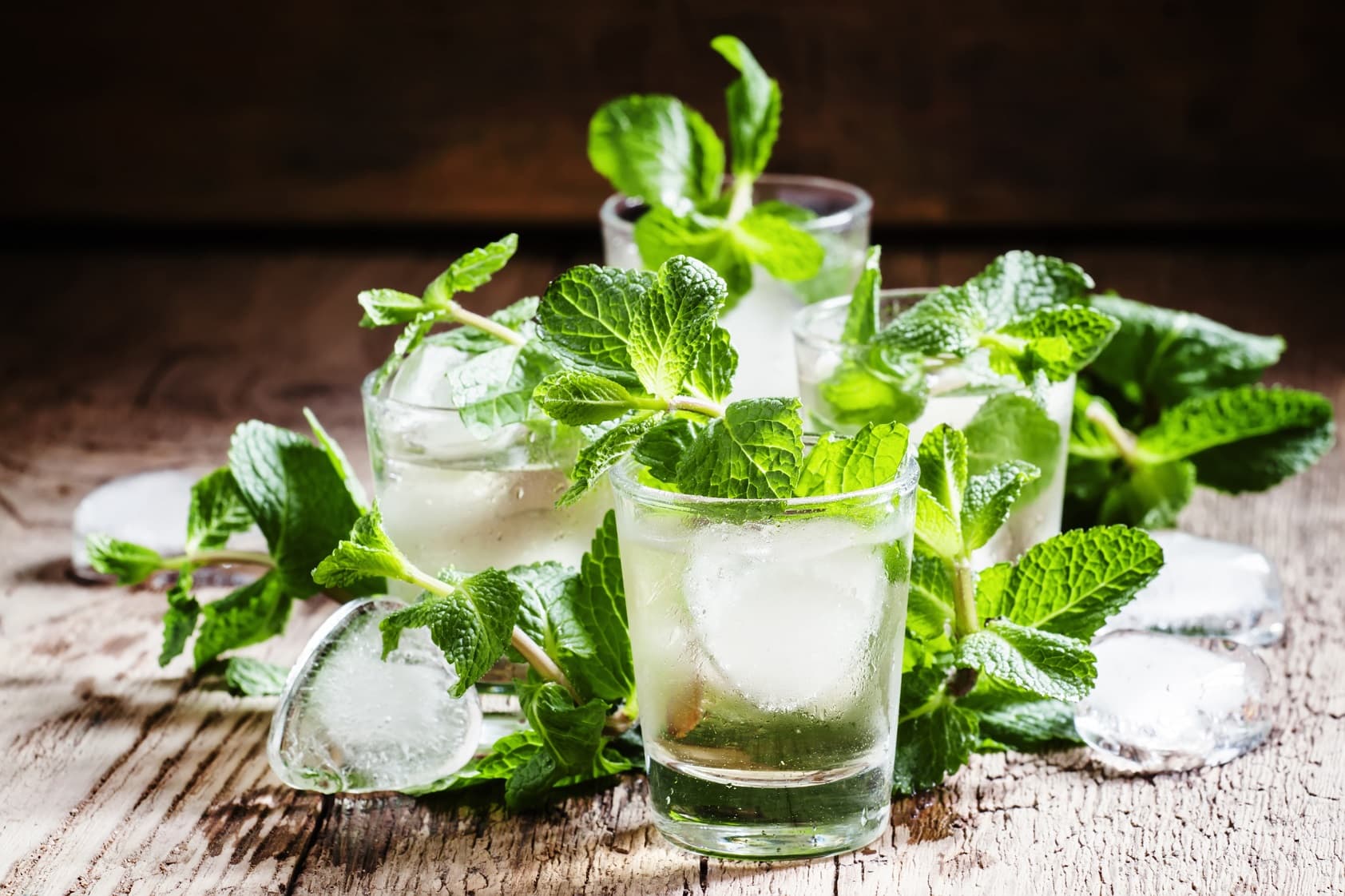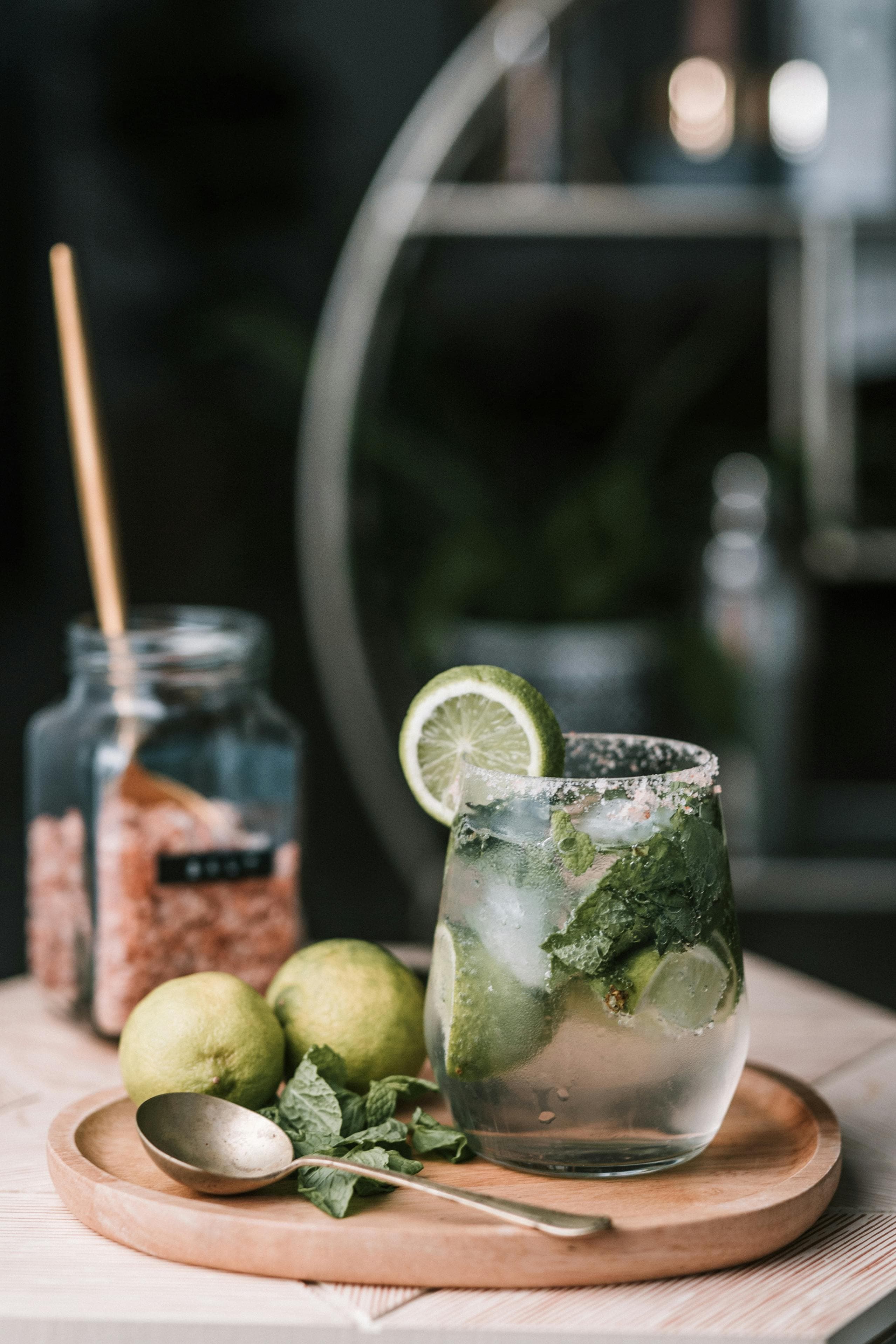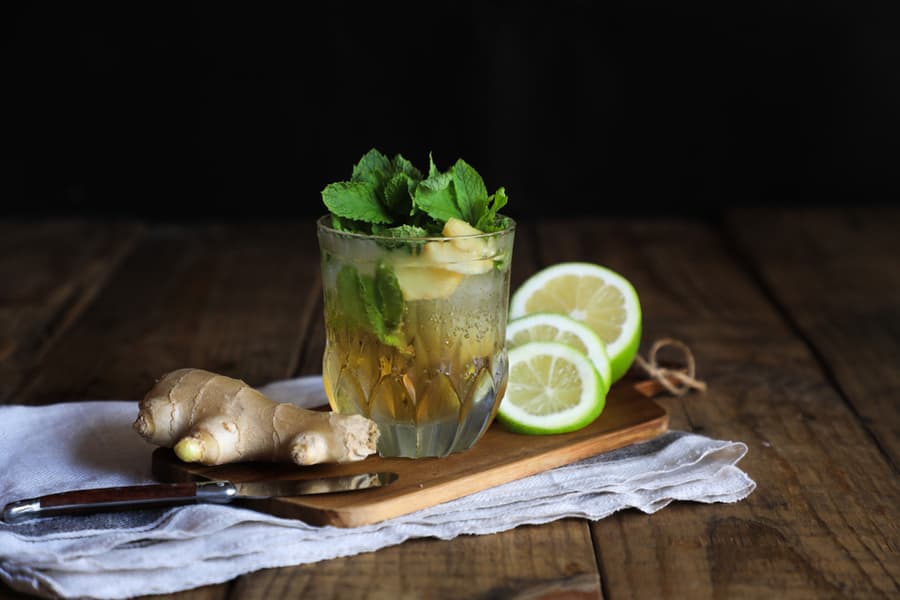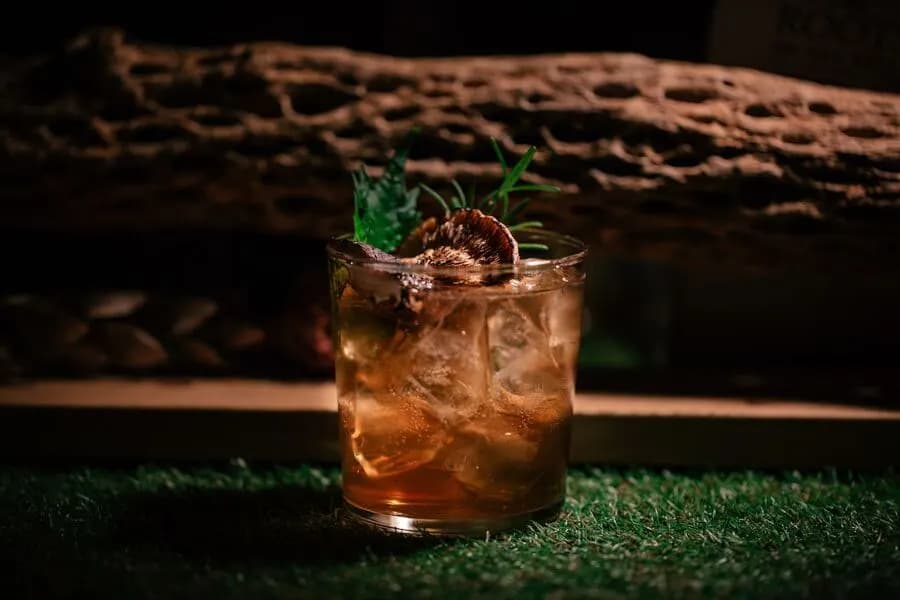Classic Mojito Cocktail
The classic mojito cocktail is a vibrant testament to mixology artistry. Beloved for its fresh flavour, this popular drink is noted for its combination of sweet, sour and herbaceous undertones, appearing on menus ranging from casual beach bars to elegant clubs, securing the status of a go-to drink for many people around the world, making it a global favourite.
5 Minutes
Prep Time
Intermediate
Skill Level
1
Serving Size
Ingredients
Serves1- Check off ingredients
- 30mL rum
- 8nos fresh mint leaves
- 15mL fresh lime juice
- 10mL sugar syrup
- to top up Soda water
- for garnish Mint sprig
- Ice cubes
Method
- Step 1
In a shaker, gently muddle mint leaves with lime juice and sugar syrup to release essential oils.
- Step 2
Add the white rum and a handful of ice, then shake vigorously to chill and combine the flavours.
- Step 3
Strain into an ice-filled highball cocktail glass and top with soda water; decorate with a mint sprig and serve right away.
Tips & Suggestions
Frequently Asked Questions
What is a Jamaican mojito cocktail?
Why is muddling important for a mojito cocktail?
Can you make a non-alcoholic mojito cocktail?
This content is not available in your location
You may also love these
Rate This Cocktail
If you love this recipe then tab a star to rate it.

Tap for rating
Display Name
Please share your opinion about the Cocktail.






